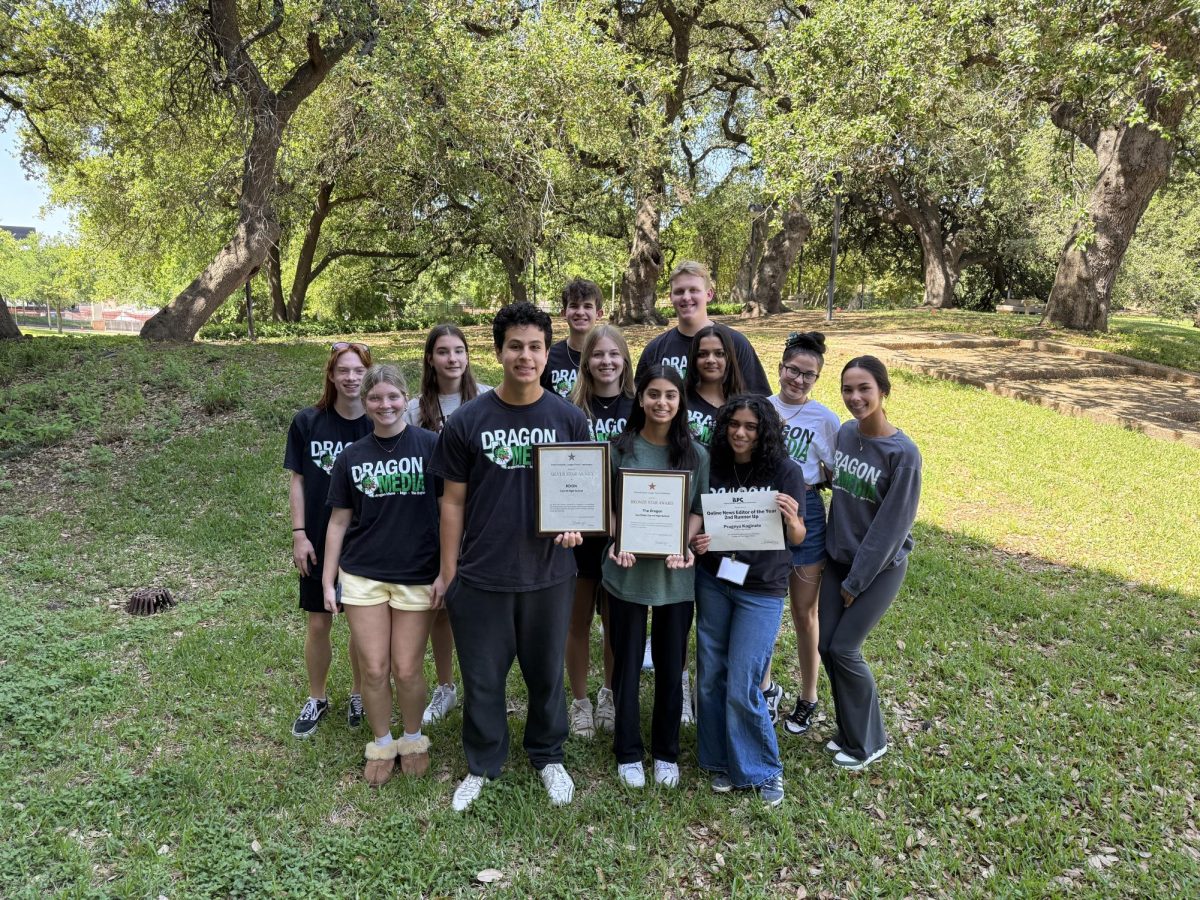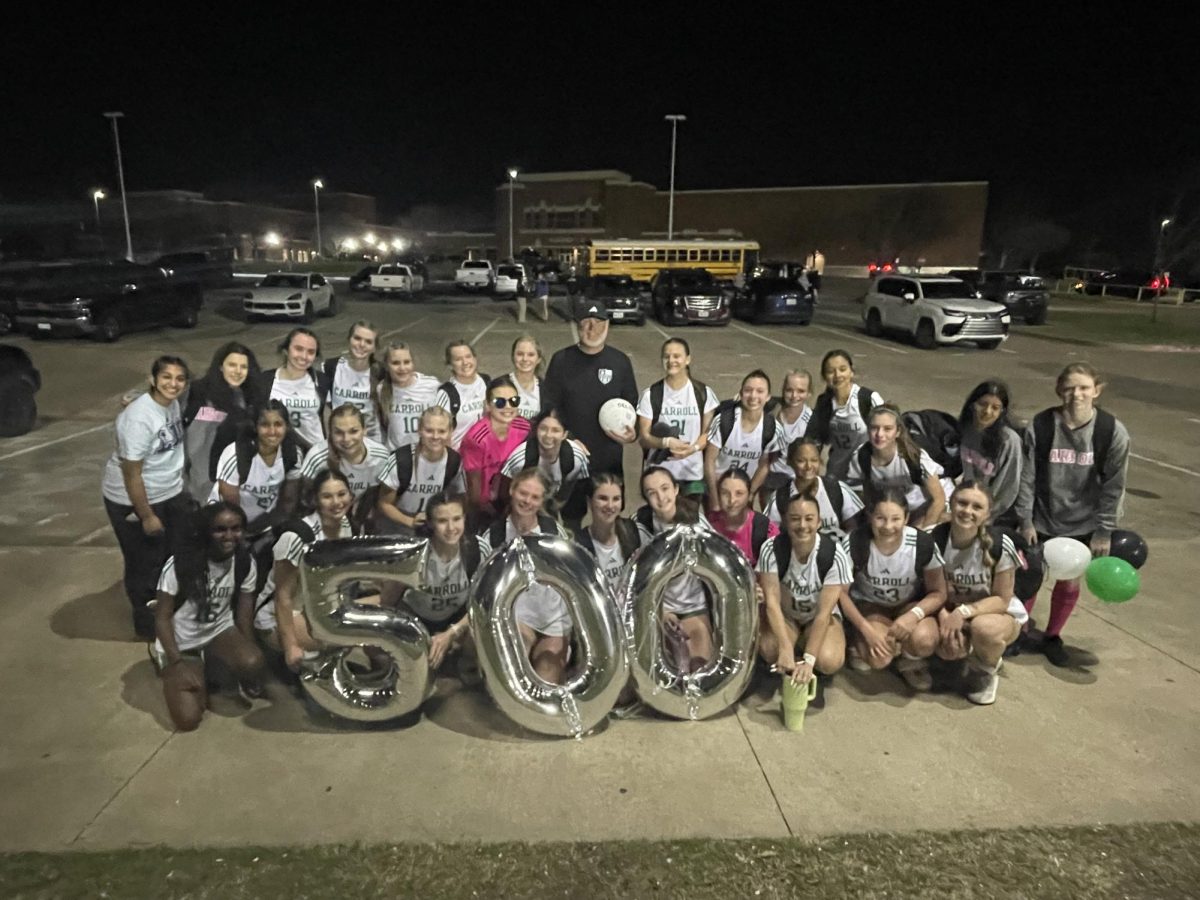The climate crisis isn’t anything new. We know we’re polluting beyond belief, we know that temperatures are rising incredibly fast, and we know that we aren’t doing enough to stop it. We also know that corporations are still resisting positive change for profit, and that “regular” peoples’ emissions are not anywhere near the yearly admissions of those companies. However, what we need to now grasp is that celebrities are far worse than any of us consider them to be in our daily lives.
Celebrities’ emissions primarily come from private jets. The rhetoric around private jets isn’t anything new—we know they’re bad, and we know they emit massive amounts of carbon dioxide. However, a frame of reference is crucial when discussing this topic to fully understand how dangerous private jets are for the environment.
The Dassault Falcon 7X, Taylor Swift’s jet of choice, uses on average around 2,000 pounds of fuel per hour, and uses around 4,000 pounds of fuel at lower altitudes. As jets burn more fuel at lower altitudes, this is applicable to all. Private jets are also frequently used for remarkably short distances, mostly for security reasons, but that still means an absurd amount of fuel is used. Another significant reason these jets are so harmful is because 41% of the time the flights are “empty legs” which means the jet was chartered without any passengers, according to a report commissioned by the European Business Aviation Association in 2016.
Some argue that commercial planes emit more CO2 per flight, and that’s typically true. However, the emissions per capita are far smaller on commercial flights than a private jet moving a handful of people.
The Washington Post reported that 882 private jets flew into Super Bowl LVIII in February. Included among them, Taylor Swift. Swift has come under intense scrutiny in the past two years as a report revealed that she was the celebrity with the highest private jet emissions in 2022, with around 8,300 tons of CO2 being emitted. That scrutiny has somewhat paid off, since the star reportedly bought “double” the carbon credits needed to offset her ‘Eras Tour’, sold one of her jets, she only uses the Dassault now, and her team made a statement saying that the jet is regularly loaned out to others.
Swift’s main action to fix the damage was the carbon credits. For reference, carbon credits essentially fund environmentally-focused projects like planting trees and renewable energy sources. However, the reality is that carbon credits are ambiguous and not often successful. For instance, The Guardian reported that after a nine-month investigation, they discovered that 90% of carbon credits were ineffectual. Unfortunately most celebrities take this route rather than actually reducing emissions and tackling the problem at the source, like we’ve seen Swift do.
What we must do now is place more pressure on celebrities to create real change. While Swift did make a step in the right direction in name that likely will not be effective in undoing the damage, but she did make some decision instead of just laying low and hoping it would blow over due to public pressure.
We have to broaden our scope of celebrity private jet usage, since Swift has become a scapegoat for talking about the issue of celebrities’ private jet emissions. We know that public pressure often results in change, and has already helped in Swift’s situation. According to the Capital News Service, other celebrities that emit thousands of tons of CO2 yearly include Travis Scott who averages 6,000 tons, Kim Kardashian, who averages 6,000 tons, and Elon Musk who averages 4,600 tons. Those flights are only the ones that were publicly available knowledge, not private ones, meaning their emissions are absolutely higher than that.
It’s difficult to push for change at such an individual level, but there are solutions that people are taking action in to put more pressure on governments to either increase taxes or ban private jets altogether. To help, support policies that increase private flight taxes and/or fees. Jet fuel is exempt from sales tax when sold to jet fuel dealers, so implementing a tax would help to reduce activity. That tax could also go to transportation decarbonization, such as developing and using electric vehicles, hydrogen and other sustainable fuels, and creating the infrastructure needed to support this, according to the US Environmental Protection Agency. You can also sign petitions like the Greenpeace “ban private jets” petition, which has around 250,000 signatures. No matter what you choose, know that any action against the pollution that private jets create is crucial.












